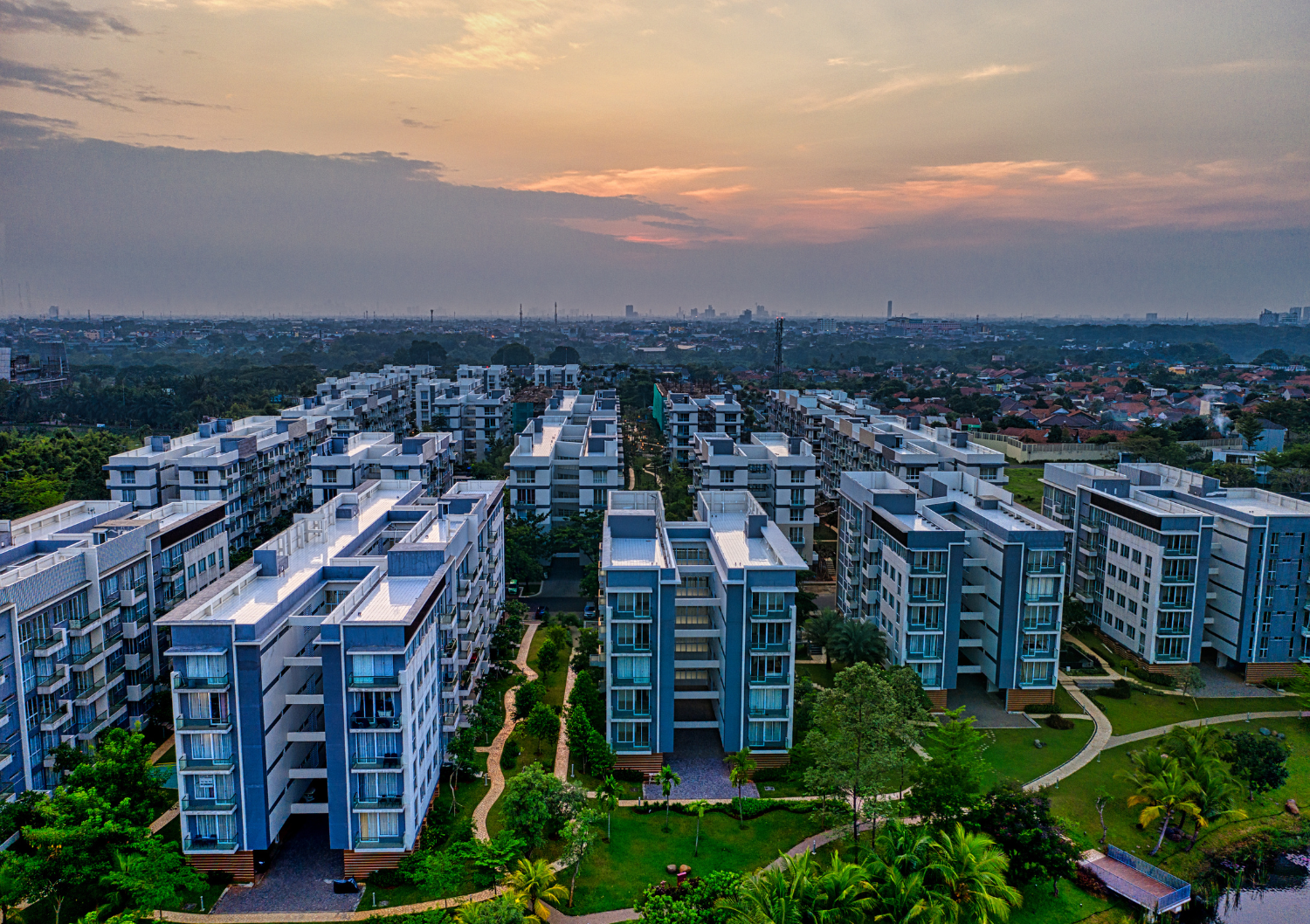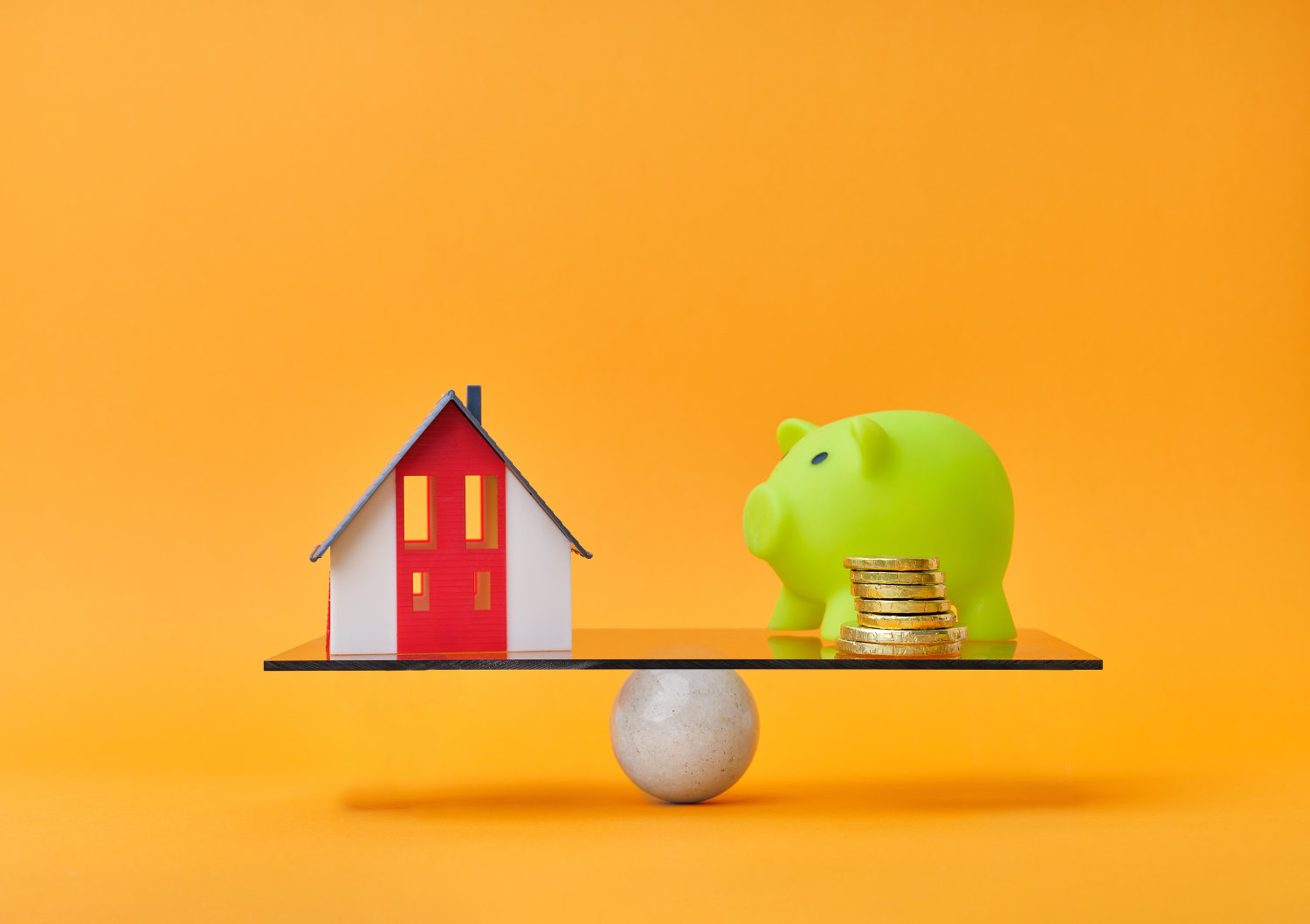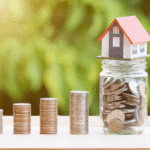Over the past few years, the real estate industry has experienced record-breaking growth fueled by low interest rates, high demand, and limited supply. From 2020 to 2023, many markets across the world saw double-digit property price increases, multiple offers on listings, and record-low housing inventory. But as we enter 2025, signs suggest the housing boom might finally be easing.
So, is this a full-blown cooldown or just a much-needed market correction? Let’s break down what’s really happening in 2025.
🔍 A Quick Recap: 2020–2024 Housing Surge
The COVID-19 pandemic shifted how people viewed living spaces. Remote work led many to move out of city centers in search of larger homes, while supply chain issues restricted new construction. The result? Skyrocketing prices and increased competition, even in traditionally slow markets.
By 2022, the U.S. median home price had reached historic highs. Similar trends were seen in Canada, the UK, and parts of Asia and the Middle East.
📉 Signs of a Market Slowdown in 2025
Several indicators suggest the market is entering a slower, more balanced phase:
- Interest Rates: Most countries have seen gradual rate hikes since mid-2023. Mortgage interest rates in the U.S. now average around 6.8% compared to 3% in early 2022. This reduces buyer affordability.
- Inventory Levels: Housing inventory is slowly recovering as more sellers enter the market. Builders have also ramped up production, easing supply constraints.
- Days on Market: Homes that once sold in 5–7 days are now staying listed for 20+ days in many regions.
- Price Growth Flattening: Instead of 10–15% year-over-year growth, many markets are seeing a modest 2–5% increase—or even slight declines in overheated regions.
📍 Regional Highlights: What’s Hot, What’s Not
Some regions remain resilient while others cool:
- Hot Markets:
- Dallas-Fort Worth, TX – Driven by population growth and strong job markets
- Raleigh, NC – A tech hub with steady migration and demand
- Dubai, UAE – International investors continue to fuel luxury real estate
- Cooling Markets:
- San Francisco, CA – High prices and remote work have pushed demand downward
- Toronto, ON – Government interventions and affordability issues are slowing sales
- Sydney, AUS – Prices declining slightly after massive post-COVID gains
💬 Expert Opinions
Economists and real estate professionals agree that this slowdown isn’t a crash—it’s a correction.
“We’re not seeing a bubble burst. We’re seeing a return to fundamentals,” says Emily Rivera, a housing economist at Urban Growth Analytics.
Buyers are more cautious, but sellers are adjusting their expectations too. This creates a healthier environment for long-term stability.
🧠 What It Means for Buyers & Sellers
- Buyers:
- More negotiating power
- Less pressure from bidding wars
- Still need to be mindful of higher borrowing costs
- Sellers:
- Price competitively to attract interest
- Focus on home presentation and value
- Be prepared for longer listing times
✅ Final Thoughts
The housing market in 2025 is not crashing—it’s recalibrating. While the days of fast, frenzied sales may be behind us, the market is heading toward a more balanced and sustainable future. For buyers and sellers alike, this is a time to stay informed, act strategically, and think long term.












